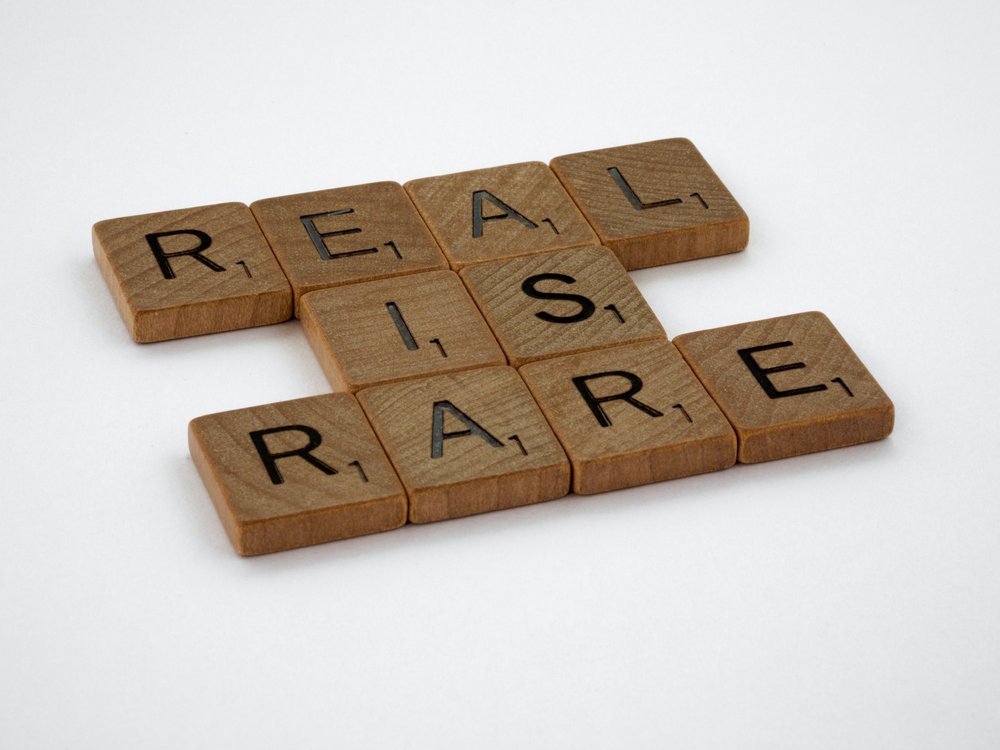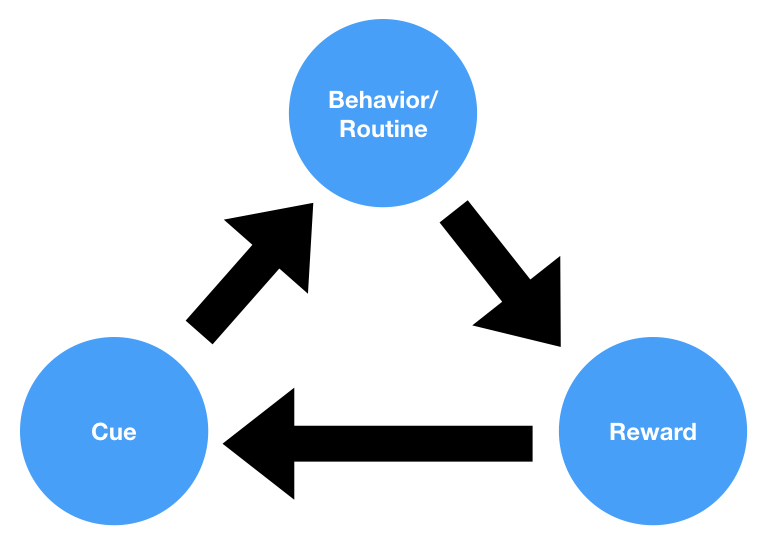
Table of Contents
What is normalcy bias?
Normalcy bias is a psychological phenomenon in which people have a tendency to underestimate the likelihood or impact of a disaster or other crisis. This bias can lead people to make inadequate or inappropriate preparations for a crisis, or to underestimate the severity of the situation. For example, if a hurricane is approaching, people with a normalcy bias may assume that the storm will not be as bad as predicted and may not take appropriate action to evacuate or protect their property. Normalcy bias can be dangerous, as it can cause people to underestimate the risks of a situation and to be unprepared for the consequences. To avoid normalcy bias, it is important to carefully evaluate the potential risks and impacts of a crisis and to take appropriate action to prepare for it.
What is an example of normalcy bias?
An example of normalcy bias is when individuals underestimate the likelihood of a disaster occurring, and therefore fail to adequately prepare for it. For instance, a person who lives in an area prone to natural disasters such as hurricanes or earthquakes may not take proper precautions, assuming that these events are unlikely to happen to them. This may lead to them being caught off guard and unprepared when the disaster strikes.
Similarly, during the COVID-19 pandemic, many people initially downplayed the severity of the virus and did not take necessary precautions such as wearing masks and social distancing. This is also an example of normalcy bias, where people assumed that the pandemic would not significantly affect their lives, despite evidence to the contrary.
What is the opposite of normalcy bias?
The opposite of normalcy bias is situational awareness or preparedness. Situational awareness is the ability to perceive and understand the context of a situation, including any potential risks or threats. It involves being mindful of one’s surroundings, anticipating possible scenarios, and being prepared to respond appropriately to any changes.
In contrast to normalcy bias, situational awareness requires individuals to actively assess the risks and take necessary precautions to ensure their safety and well-being. This includes having emergency plans in place, being informed about potential hazards, and staying alert to any changes in the environment.
While normalcy bias can lead to complacency and a lack of preparedness, situational awareness promotes proactive and adaptive responses to changing circumstances.
How do you overcome normalcy bias?
Overcoming normalcy bias can be challenging, but there are several strategies that can help:
Educate yourself
One of the most effective ways to overcome normalcy bias is to stay informed about potential risks and threats. This includes staying up to date on news and information related to natural disasters, pandemics, and other potential hazards.
Practice situational awareness
Being mindful of your surroundings and paying attention to any changes can help you overcome normalcy bias. This means staying alert to potential dangers and being prepared to respond quickly if necessary.
Develop a plan
Having an emergency plan in place can help you overcome normalcy bias by providing a clear course of action in the event of a disaster or other emergency. This includes identifying potential risks and developing strategies for mitigating them.
Seek out alternative perspectives
Getting input from others can help you overcome normalcy bias by providing a fresh perspective on potential risks and threats. This includes consulting with experts in fields such as emergency management or public health.
Practice resilience
Resilience involves the ability to adapt to and recover from difficult situations. By building resilience, you can overcome normalcy bias by being better prepared to face unexpected challenges and bounce back from adversity.
Overcoming normalcy bias requires a willingness to be proactive, informed, and prepared. By adopting these strategies, you can increase your awareness and readiness, and be better equipped to handle potential risks and threats.
What is normalcy bias vs optimism bias?
Normalcy bias and optimism bias are both cognitive biases that can affect how people perceive and respond to potential risks or threats, but they differ in their underlying mechanisms and effects.
Normalcy bias is the tendency to underestimate the likelihood or impact of a potential disaster or threat, based on a belief that things will always continue to function normally. This can lead to a lack of preparation or a failure to take action in the face of danger, as people may assume that everything will work out as it always has. For example, a person may ignore warnings about a hurricane because they assume that it won’t be as bad as predicted.
On the other hand, optimism bias is the tendency to overestimate the likelihood of positive outcomes and underestimate the likelihood of negative outcomes. This bias can lead people to take risks or make decisions based on overly optimistic assumptions, which may not be grounded in reality. For example, a person may start a business based on a belief that it will be wildly successful, despite evidence to the contrary.
While normalcy bias and optimism bias are distinct biases, they can also be interconnected. For example, a person may underestimate the impact of a potential disaster due to normalcy bias, but also feel optimistic that everything will work out in the end. Both biases can have negative consequences, as they can lead people to make decisions based on incomplete or unrealistic information.
What causes normalcy bias?
Normalcy bias is a cognitive bias that can be caused by several factors, including:
Past experiences
People often base their expectations of the future on past experiences. If they have never experienced a particular disaster or threat, they may assume that it is unlikely to happen to them.
Lack of information
If people are not well-informed about potential risks or threats, they may not fully understand the potential consequences. This can lead to a false sense of security or complacency.
Cognitive dissonance
People may have a hard time accepting the possibility of a disaster or threat because it conflicts with their beliefs or worldview. This can lead to denial or a failure to take action.
Optimism
People may also underestimate potential risks or threats due to an optimistic outlook. They may assume that everything will work out in the end, or that they will be able to handle whatever comes their way.
Social influence
People may also be influenced by the attitudes and behaviors of those around them. If others in their community are not taking potential risks seriously, they may be less likely to do so as well.
Normalcy bias can be caused by a range of factors, and it is important to be aware of these factors in order to overcome the bias and take appropriate action in the face of potential risks or threats.
Related Terms and Concepts
Normality bias
This term is often used interchangeably with normalcy bias and refers to the tendency to underestimate the likelihood or impact of a potential disaster or threat, based on a belief that things will continue to function normally.
Normalcy illusion
This term refers specifically to the belief that normalcy will return quickly after a major disruption or disaster, despite evidence to the contrary.
Status quo bias
This bias is the tendency to prefer things to remain the same and to resist change, even when change may be necessary or beneficial.
Denial
Denial is the refusal to accept or acknowledge a reality or truth, often as a defense mechanism. This can lead to a failure to take action or prepare for potential risks or threats.
Complacency bias
This bias refers to the tendency to become overly satisfied with the current situation and to underestimate the potential risks or negative consequences.
Disaster myopia
This term refers to the tendency to focus on short-term rather than long-term risks, leading to a failure to adequately prepare for potential disasters.
Positive-outcome bias
This bias is the tendency to overestimate the likelihood of positive outcomes and underestimate the likelihood of negative outcomes, which can lead to unrealistic optimism and a failure to adequately prepare for potential risks.
Probability neglect
This bias is the tendency to ignore or downplay the likelihood of low-probability, high-impact events, such as natural disasters or terrorist attacks.
Planning fallacy
This bias is the tendency to underestimate the amount of time or resources needed to complete a task, leading to unrealistic expectations and a failure to adequately prepare.
Analysis paralysis
This term refers to the tendency to over-analyze a situation or problem, leading to a failure to take action or make decisions in a timely manner.
Ostrich effect
This term refers to the tendency to avoid or ignore potentially negative information or situations, often by burying one’s head in the sand like an ostrich. This can lead to a failure to adequately prepare for potential risks or threats.




